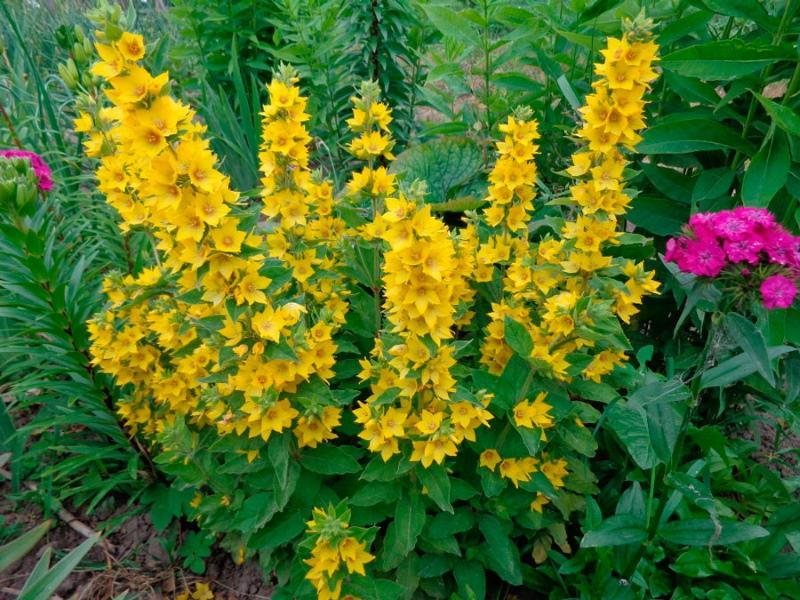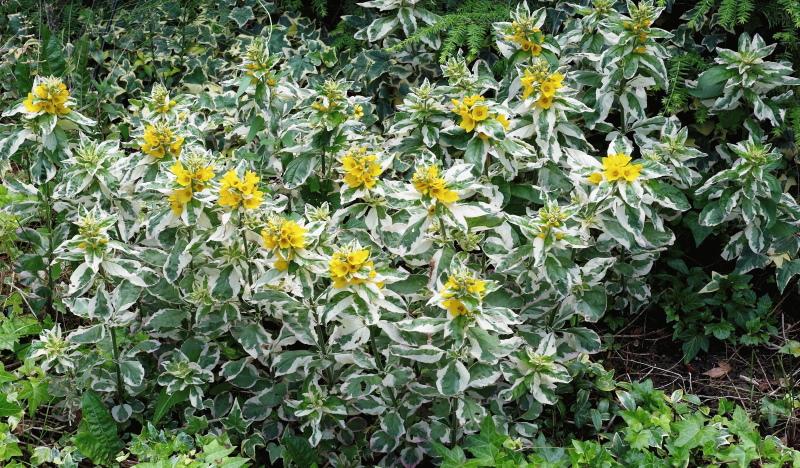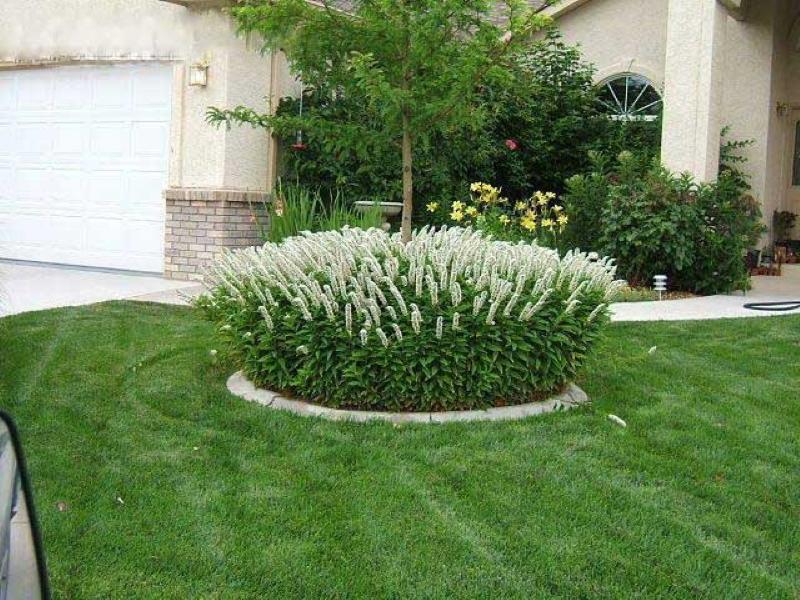An unpretentious flower for a shady garden - loosestrife, planting and care, photo
 Around the middle of summer, it will delight you with abundant and long flowering, in turn revealing its delicate bell flowers. Beautiful, unpretentious and frost-resistant - all this is a loosestrife, planting and care (photo will be in the article) for which are as simple as possible. A comfortable place with ample soil moisture and watering control during dry periods is all it needs. Verbeinik can rightfully be called one of the most unpretentious plants. It is able to grow in any climatic conditions, both in the south and in the northern regions.
Around the middle of summer, it will delight you with abundant and long flowering, in turn revealing its delicate bell flowers. Beautiful, unpretentious and frost-resistant - all this is a loosestrife, planting and care (photo will be in the article) for which are as simple as possible. A comfortable place with ample soil moisture and watering control during dry periods is all it needs. Verbeinik can rightfully be called one of the most unpretentious plants. It is able to grow in any climatic conditions, both in the south and in the northern regions.
Verbeinik - planting and care, photo

The most popular loosestrife used in landscape design: monotonous, ordinary, spot, lily of the valley.
The correct planting site is the key to the annual flowering of the loosestrife
 Most species prefer semi-shaded places, and some even feel good in the shade. But there are also light-loving loosestrife that needs good lighting, for example, purple. However, regardless of species, all varieties are characterized by one property - they are very fond of moisture. Therefore, it is necessary to plant flowers in wet areas where groundwater is close. And if the soil is also fertile, then this will only facilitate care and relieve you of the need to feed the bushes. The only requirement is that the soil should not be clayey. Flowers grow poorly in heavy soil.
Most species prefer semi-shaded places, and some even feel good in the shade. But there are also light-loving loosestrife that needs good lighting, for example, purple. However, regardless of species, all varieties are characterized by one property - they are very fond of moisture. Therefore, it is necessary to plant flowers in wet areas where groundwater is close. And if the soil is also fertile, then this will only facilitate care and relieve you of the need to feed the bushes. The only requirement is that the soil should not be clayey. Flowers grow poorly in heavy soil.
Coin, common and brush-colored loosestrife can even be planted directly into the water, on the shore of the reservoir.
Loosestrife can be propagated in two ways:
- seeds, sowing them on seedlings in spring or directly into the ground before winter;

- dividing the bush in the spring, because they grow quickly.

When planting between seedlings or cuttings, leave a distance of at least 50 cm.
How to care for loosestrife in the garden
Unpretentious bushes grow quickly even without the help of a gardener, especially if they have enough moisture. They need to be watered only during drought, hot summer, when moisture evaporates quickly. Frequent feeding is also not necessary. It is enough to add a little humus to the flowerbed in the fall.
 But what troubles can arise with is the growth of plants. Loose weed in this sense is almost a weed - in just a couple of years, it will creep outside the area allocated for it.Therefore, it is advisable to immediately limit the territory by digging in the old slate, as is the case with raspberries.
But what troubles can arise with is the growth of plants. Loose weed in this sense is almost a weed - in just a couple of years, it will creep outside the area allocated for it.Therefore, it is advisable to immediately limit the territory by digging in the old slate, as is the case with raspberries.
As for the wintering of plants, then there will be no problems. The loosestrife does not need shelter, all the same, its aboveground part dies off after flowering. So you can immediately cut off the stems of upright varieties in the fall so that they do not spoil the appearance of the flower bed.